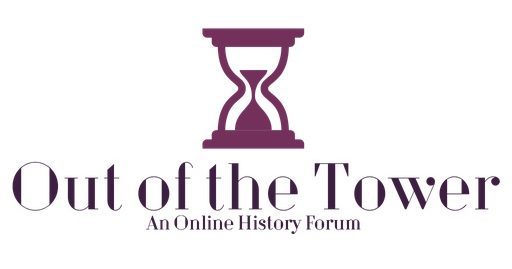On the surface Los Angeles seems to be a beacon for dreamers. Here, the conventional myth recites, Cinderella realities are constructed on Hollywood back lots. The ugly become beautiful, the poor become rich, and the undesirable becomes desirable. In all, it appears, Los Angeles is the epicenter of the American dream. Yet, these Cinderella realities are quickly dismissed when one digs below the glimmering surface. In his work, City of Quartz, Mike Davis examines the socioeconomic history of Los Angeles. Moreover, Davis pulls the curtain back from the L.A. fairytale by showing us that the city is anything but an emerald city. Specifically, Davis looks at how physical and social space contribute to the formation of communal identities. In particular, Davis draws attention to Los Angeles’s culture industry, architecture, and power structures. In Davis’s illustration, Los Angeles is depicted as an “economic colony” for the globalized World economy.[1] Furthermore, for Davis, the City of Angels is a melting pot for various social and racial tensions. Importantly, this melting pot is on the verge of boiling over.
